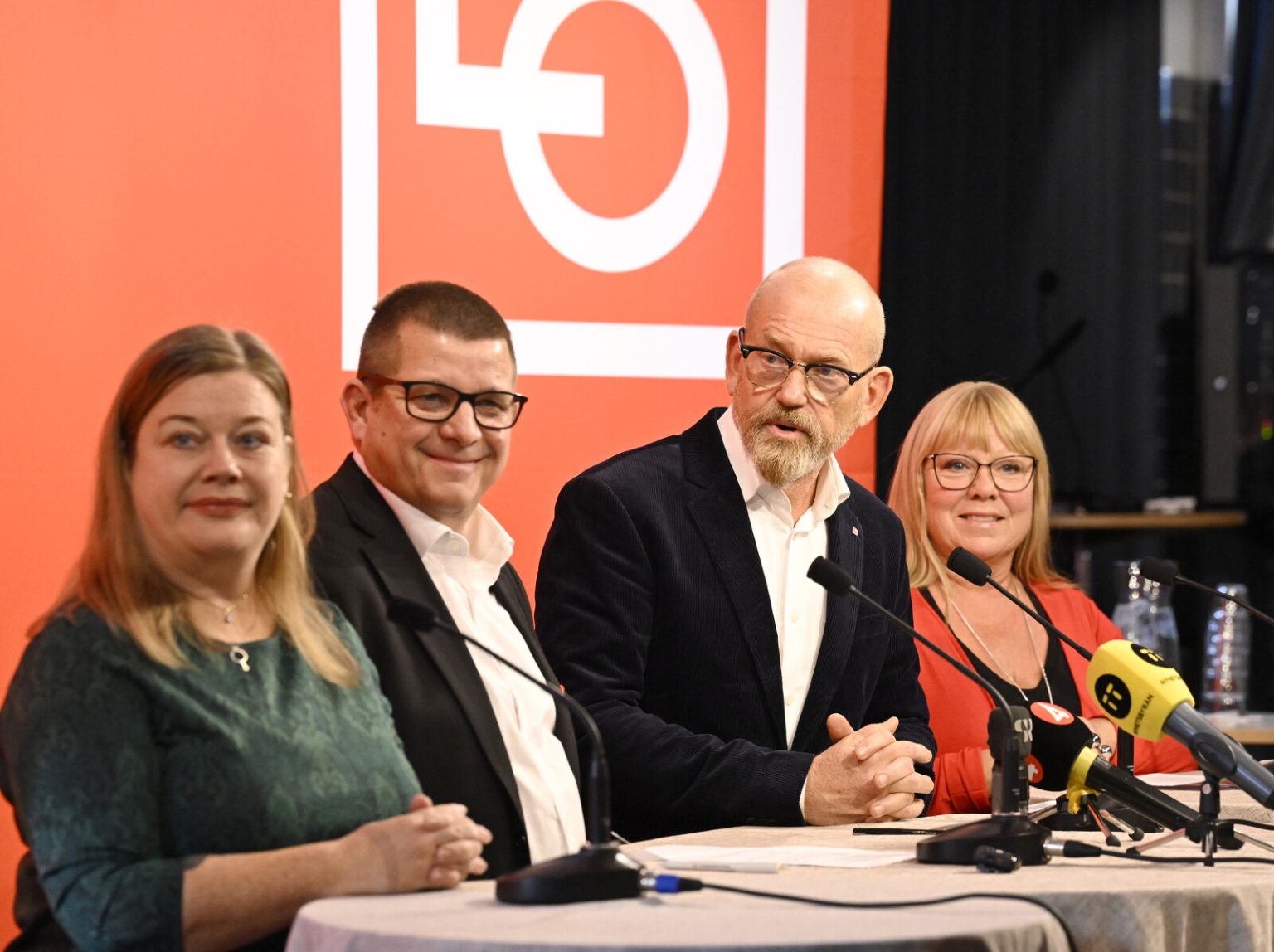The escalating cost of living in Sweden, driven by inflation and rising energy prices, has placed immense strain on municipalities across the country, forcing them to grapple with budget deficits and difficult decisions regarding service provision. One municipality, currently unnamed in available reports, has highlighted the severity of the situation by demanding an additional 1,200 Swedish kronor per month per resident from the central government. This demand underscores the growing gap between municipal revenues and expenditures, a disparity fueled by increasing social welfare costs, particularly in areas like elderly care and support for vulnerable individuals. The municipality argues that without this additional funding, they will be forced to make substantial cuts to essential services, impacting the quality of life for their residents and potentially compromising their legal obligations to provide basic social welfare.
This financial predicament is not unique to this particular municipality. Across Sweden, local governments are facing similar challenges, caught between rising costs and limited resources. The demand for increased funding reflects a broader systemic issue within the Swedish welfare model, which traditionally delegates significant responsibility for social welfare to municipalities while relying on a complex system of taxation and grants to fund these services. However, the current economic climate has exposed vulnerabilities in this system, as rising inflation and energy costs have outpaced the growth in municipal revenues, creating a significant funding gap. Furthermore, demographic shifts, including an aging population, have increased the demand for social services, adding further pressure to already stretched municipal budgets.
The municipality’s demand for 1,200 kronor per resident per month serves as a stark illustration of the financial pressures faced by local governments. This figure represents a significant increase in per capita funding and highlights the depth of the financial shortfall. While the specific breakdown of how this additional funding would be allocated has not yet been detailed, it is likely that a substantial portion would be directed towards covering increased operating costs related to energy, staffing, and supplies within the social welfare sector. The remaining funds could potentially be used to address other pressing municipal needs, such as infrastructure maintenance and investments in education. However, even with this additional funding, the long-term financial sustainability of Swedish municipalities remains a concern, particularly given the uncertain economic outlook.
The central government’s response to this demand will be crucial in determining the future trajectory of municipal finances and service provision across the country. The government faces a complex balancing act, needing to address the urgent financial needs of municipalities while also maintaining fiscal responsibility at the national level. Potential solutions could include increasing general grants to municipalities, providing targeted funding for specific areas like elderly care, or implementing reforms to the municipal financing system. However, any increase in funding for municipalities would likely require difficult decisions regarding taxation or reallocation of resources from other government programs. The political implications of these choices are significant, particularly in an environment of economic uncertainty and potential public resistance to tax increases.
The implications of this funding crisis extend beyond the immediate financial challenges. Cuts to essential services could have far-reaching consequences for residents, impacting their access to healthcare, education, and social support. This could exacerbate existing inequalities and further strain social safety nets. Furthermore, the financial pressures on municipalities could lead to a decline in the quality of public services, potentially leading to a decline in public trust and satisfaction with local government. The situation also raises broader questions about the long-term sustainability of the Swedish welfare model and the need for potential reforms to ensure its continued viability in the face of changing economic and demographic realities.
Ultimately, the municipality’s demand for increased funding highlights a critical issue facing Sweden: how to ensure the financial sustainability of its municipalities and maintain the quality of essential public services in the face of rising costs and growing demand. The central government’s response to this demand will be a crucial test of its commitment to supporting local governments and ensuring the well-being of its citizens. The outcome of this situation will have significant implications for the future of the Swedish welfare state and the quality of life for residents across the country. Finding a sustainable solution that balances the needs of municipalities with the broader economic context will require careful consideration, open dialogue, and potentially difficult political decisions.














